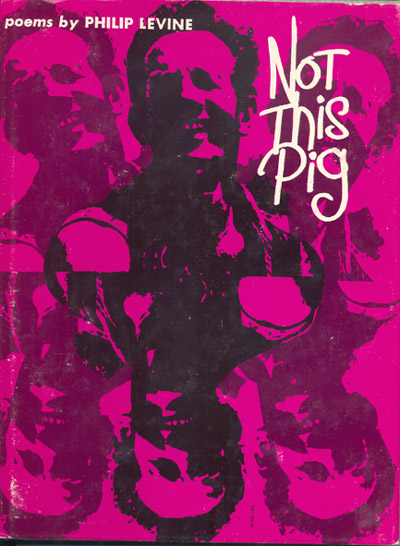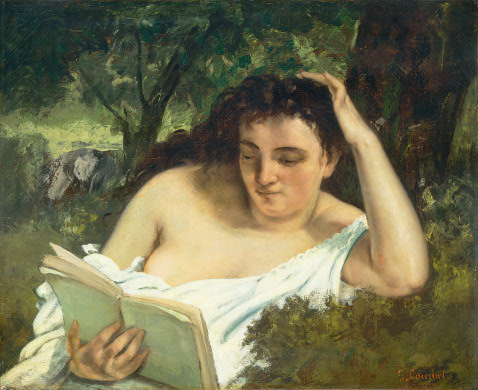“Barricade on the Boulevard Saint-Germain near Rue Hautefeuille, May 1968,” is an illustration from Parisians: An Adventure History of Paris. [Photo by Alain Dejean/NYT]
I love oysters. I love Paris. Once Ms. Modigliani and I devoured both rapaciously at a tiny sidewalk café on Rue Montparnase while a thunderstorm swept through. It didn’t dampen our spirits, or appetites. It simply accented a sultry summer evening.
So I was completely smitten with the idea of Graham Robb’s latest book, Parisians: An Adventure History of Paris![]() , when a reviewer compared the historian’s surprising narrative inventions to “lemon juice squeezed over a platter of oysters.”
, when a reviewer compared the historian’s surprising narrative inventions to “lemon juice squeezed over a platter of oysters.”
Dwight Garner writes in Books of the Times:
“Parisians: An Adventure History of Paris” arrives with an odd subtitle (adventure history?) that makes it sound as if it were written on a skateboard and sponsored by Mountain Dew. Here’s what this book really is: a pointillist and defiantly nonlinear history of Paris from the dawn of the French Revolution through the 2005 riots in Clichy-sous-Bois, told from a variety of unlikely perspectives and focusing on lesser-known but reverberating moments in the city’s history.
Among the set pieces here is an account of a young Napoleon losing his virginity to a prostitute in the Palais Royal; a portrait of the man who created the catacombs; and an investigation into how Marie Antoinette, while attempting to flee the city to save her life, became lost just a few yards from home.
There’s much more: disquisitions on police work and photographers and playwrights and France’s strange DeLillo-ish history of faked political assassinations; a portrait of Émile Zola’s long-suffering wife; an inquiry into the links between alchemy and the early days of nuclear fission; an account of Hitler’s short tour of Paris’s landmarks; a view of the affair between Juliette Gréco, the actress and later singer, and a young Miles Davis; an assessment of the 1968 student riots; and a glimpse at the politics of Nicolas Sarkozy and the roiling discontents of recent French immigration.
Mr. Robb builds his histories from small piles of angular details. The section on Napoleon begins by observing “the army of wet nurses who left their babies at home and went to sell their breast milk in the capital.” During an account of one policeman’s search for a criminal who is also a hunchback, Mr. Robb can’t help noting the difficulties: “there were something in the region of 6,135 hunchbacks in Paris.” Once Zola discovered cameras, he writes, he tended to “behave as though he was always about to be photographed.”
… Through friends in Paris, Mr. Robb writes, he learned things: “a certain Parisian art de vivre: sitting in traffic jams as a form of flânerie, parking illegally as a defense of personal liberty, savoring window displays as though the streets were a public museum.”
He goes on: “They taught me the tricky etiquette of pretending to argue with waiters, and the gallantry of staring at beautiful strangers.” His book — argumentative, gallant, parked athwart oncoming historical traffic, as if on a dare — is as Parisian and as bracing as a freshly mixed Pernod and water.
Many thanks to @lodro, who shares my pursuit of flânerie, for pointing me to this.
![gustave_caillebotte_paris_street_rainy_day Gustave Caillebotte. Paris Street, Rainy Day (La Place de l’Europe, temps de pluie). 1877. Oil on canvas. Art Institute of Chicago. [Source: Wikimedia Commons]](../../../../wp-content/uploads/2009/02/gustave_caillebotte_paris_street_rainy_day_1877_wiki.jpg)
![Fog at Isle Royale [Source: wildmengoneborneo.com] Fog at Isle Royale [Source: wildmengoneborneo.com]](../../../../wp-content/uploads/2008/04/isle_royale_fog.jpg)
 If there is an emerging genetic underclass, I could run for class president or class clown. Read more in
If there is an emerging genetic underclass, I could run for class president or class clown. Read more in 

Sounds like a book to read this summer in our Garden Cottage off Lake Huron.